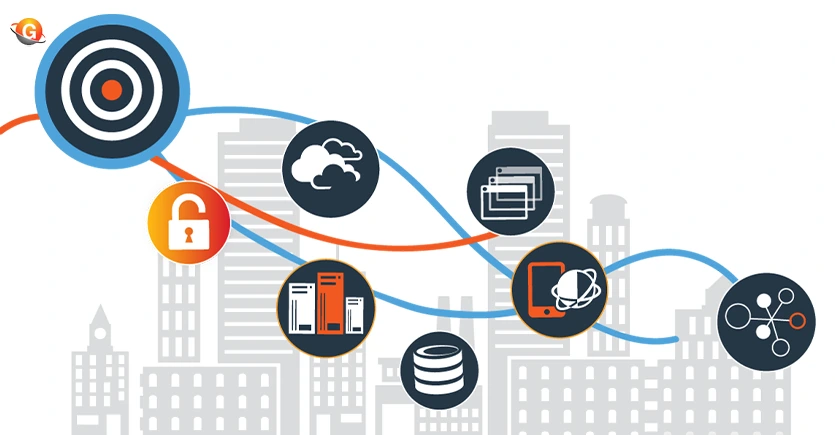In today’s digital landscape, ensuring robust website security is not just advisable—it’s essential. With cyber threats growing more sophisticated by the day, it is crucial to adopt a proactive approach to safeguard your online presence. As we progress through 2025, here are the key security measures every website should implement to protect against breaches and maintain user trust.

SSL Encryption
One of the first steps to securing a website is to implement SSL (Secure Socket Layer) encryption. This technology protects data transmitted between your website and its users by encrypting it, making it exceedingly difficult for hackers to intercept sensitive information. Plus, having SSL not only secures user data but also boosts your website’s credibility and search engine ranking.
Regular Software Updates
Keeping your website’s software up to date is vital. Whether you’re using a content management system (CMS) like WordPress, plugins, or any other software, regular updates ensure that you benefit from the latest security patches and features. Outdated software can be a major vulnerability, providing an open door for cybercriminals.
Strong Password Policies
Weak passwords are one of the most common security pitfalls. Establishing strong password policies requires users to create complex, unique passwords that are difficult to guess. Additionally, educating users about the importance of changing passwords regularly can further enhance security.
Multi-Factor Authentication (MFA)
Adding multi-factor authentication adds an extra layer of security to your website. By requiring users to verify their identity through an additional method—such as a text message code or authenticator app—you significantly reduce the risk of unauthorized access, even if a password is compromised.
Real-Time Threat Monitoring
In 2025, relying solely on traditional security measures is no longer enough. Implementing real-time threat monitoring allows you to detect and respond to potential breaches as they happen. This proactive approach can mean the difference between a contained incident and a catastrophic data leak.
Daily Backups
Never underestimate the power of regular backups. Conducting daily backups of your website ensures that, in the event of a security breach, data corruption, or other unforeseen circumstances, you can restore your site to its previous state quickly and efficiently
Firewalls and Malware Scanning
To further enhance security, consider implementing firewalls and regular malware scanning. Firewalls act as a barrier between your website and cyber threats, while malware scanning helps to identify and eliminate potential vulnerabilities before they are exploited.
8. Secure Coding Practices
If you’re developing custom code for your website, adhering to secure coding practices is crucial. This includes input validation, proper error handling, and avoiding the use of obsolete or risky coding techniques. Fostering a culture of secure coding not only protects your site but also promotes longevity and performance.
Staying compliant and vigilant against the ever-evolving cyber threats of 2025 requires a multifaceted approach to website security. By prioritizing user data protection and implementing essential security measures like SSL encryption, regular updates, MFA, real-time monitoring, and daily backups, you can create a resilient online environment. Remember, in the world of cybersecurity, prevention is always better than a cure. Stay informed, proactive, and committed to your website’s safety—it’s not just a choice; it’s a necessity.
If you have any questions or need assistance with implementing these security measures for your website, feel free to reach out at 9888-919784 or info@gowebworld.com. Stay secure!
